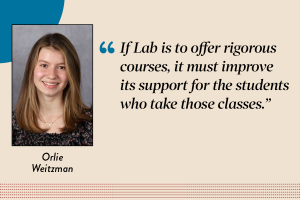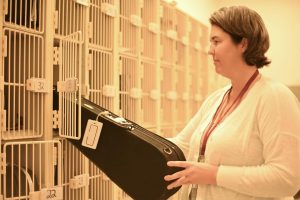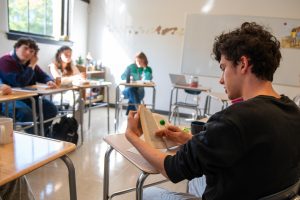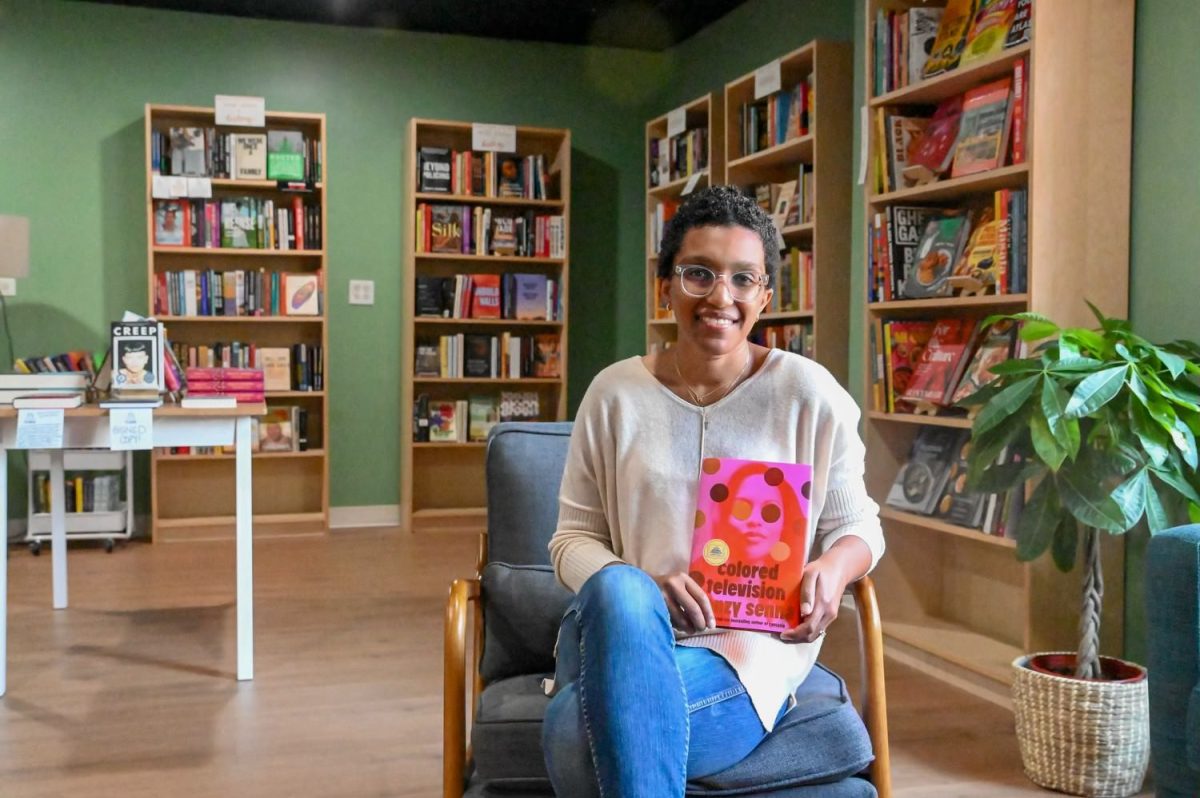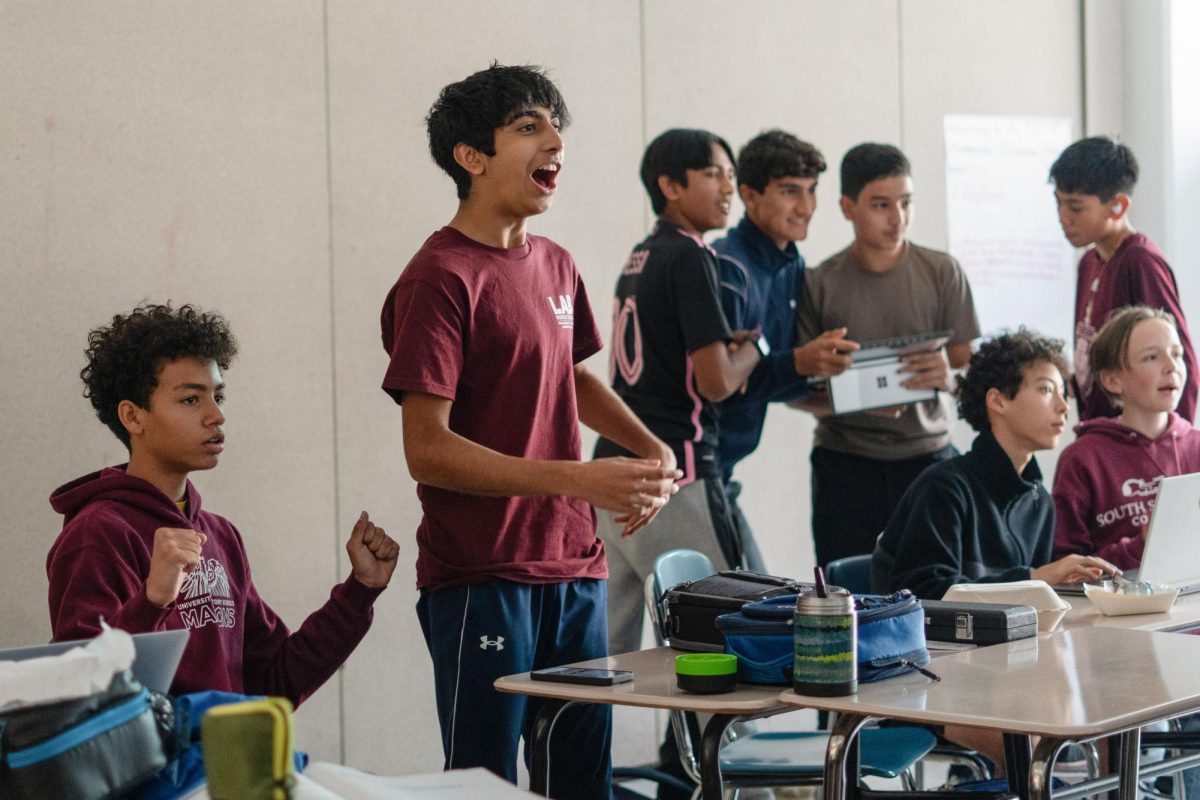Racial and class segregation curb public school progress
January 19, 2018
Because I have been asked to comment on problems facing public schools in the United States, I would like to begin by saying that there are a great many things right with public education. Two friends, Ellen Allensworth, Director of the UChicago Consortium on School Research, and Chris Lubienski, professor of education policy at Indiana University, tell me that public sector innovation in the classroom in Chicago and beyond surpasses much, if not most, of the innovation that we see in the charter and independent sectors in the United States. The problem is that willingness to innovate and implementation of innovation in public schools is largely unreported.
With this in mind, I would say that the single largest factor facing public education today is inadequate funding in rural areas, inner cities and inner-ring suburbs. We still face a situation in this country with what Jonathan Kozol once called “Savage Inequalities” that are made worse by increasing income inequality, structural unemployment, and persistent segregation. Black, brown, and white families are facing what Thomas Shapiro calls “toxic Inequality” that makes it almost impossible for poor families to gain any measure of financial stability.
Richard Rothstein of the Institute for Policy Studies has recently written a book, “The Color of Law,” that argues that public policy created segregation and that segregation is most responsible for underfunded schools and the “hype-poverty” that education reformers are attempting to target.
I part ways with many policy makers when they advocate for charters, vouchers, and an end to neighborhood schools. Like John Dewey, I believe that schools should serve as community centers and that public schools have an important in role in the construction of strong community institutions beyond buildings.
In my view, many of those who support public education reform have good intentions, but mixed motives. I tend to agree with the MacArthur Award-winning New York Times reporter Nikole Hannah-Jones who said in an interview for the Dec. 14, 2017, issue of The Atlantic, “White communities want neighborhood schools if their neighborhood school is white. If their neighborhood school is black, they want choice. We have a system where white people control the outcomes, and the outcome that most white Americans want is segregation.”
Every statistical study done about test scores in the United States for the last 50 years points to one fact: the biggest gains in test scores in the United States were achieved in the mid-1970s when schools reached their zenith of integration. We have gone back toward racial and class segregation since, and the charter and voucher movements are accelerating the pace of segregation in the opinion of a consensus of policy experts.
Mr. Horton has been a history teacher at Lab for 18 years. He taught at public school for 12 years and parochial school for 5 years — 35 total.




